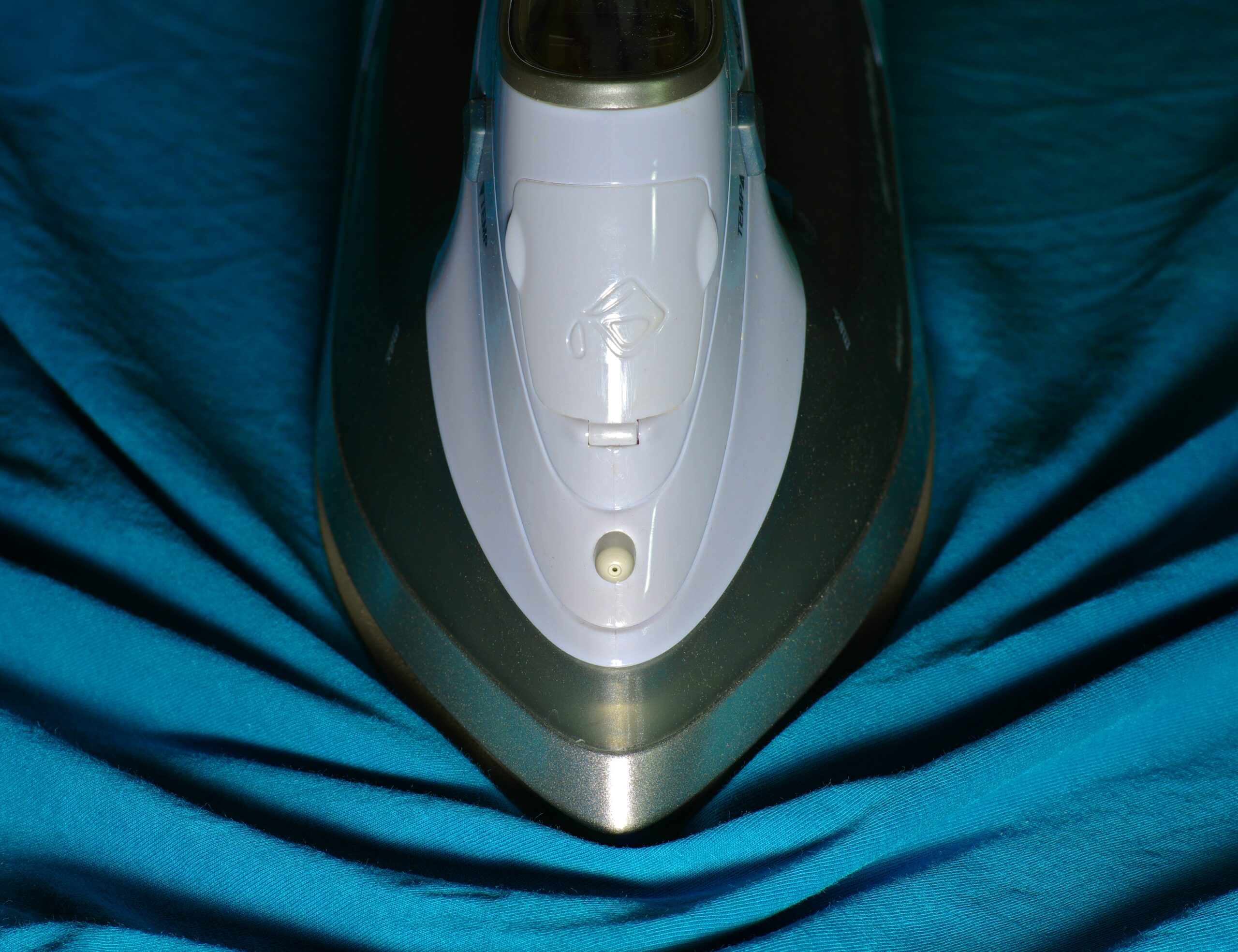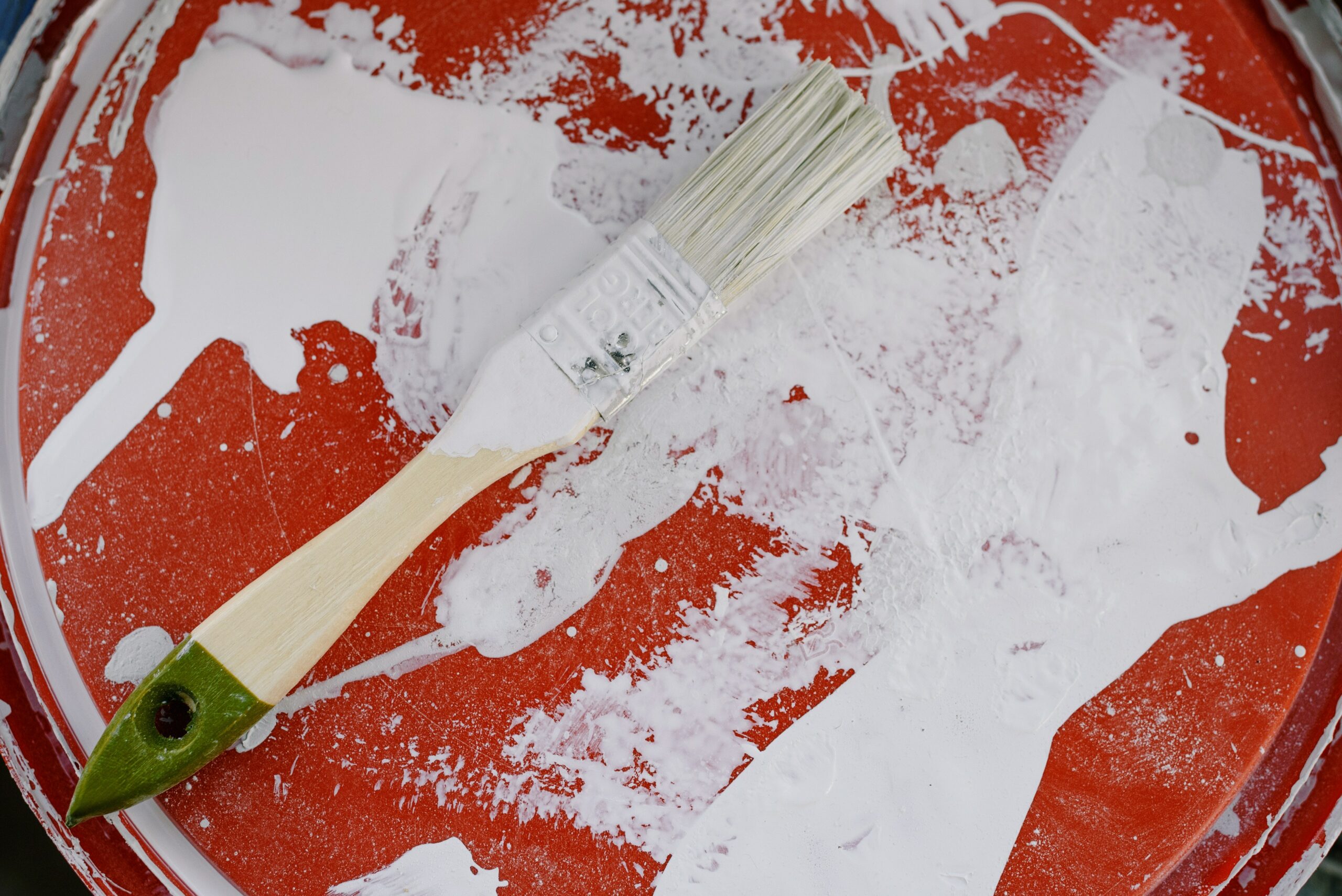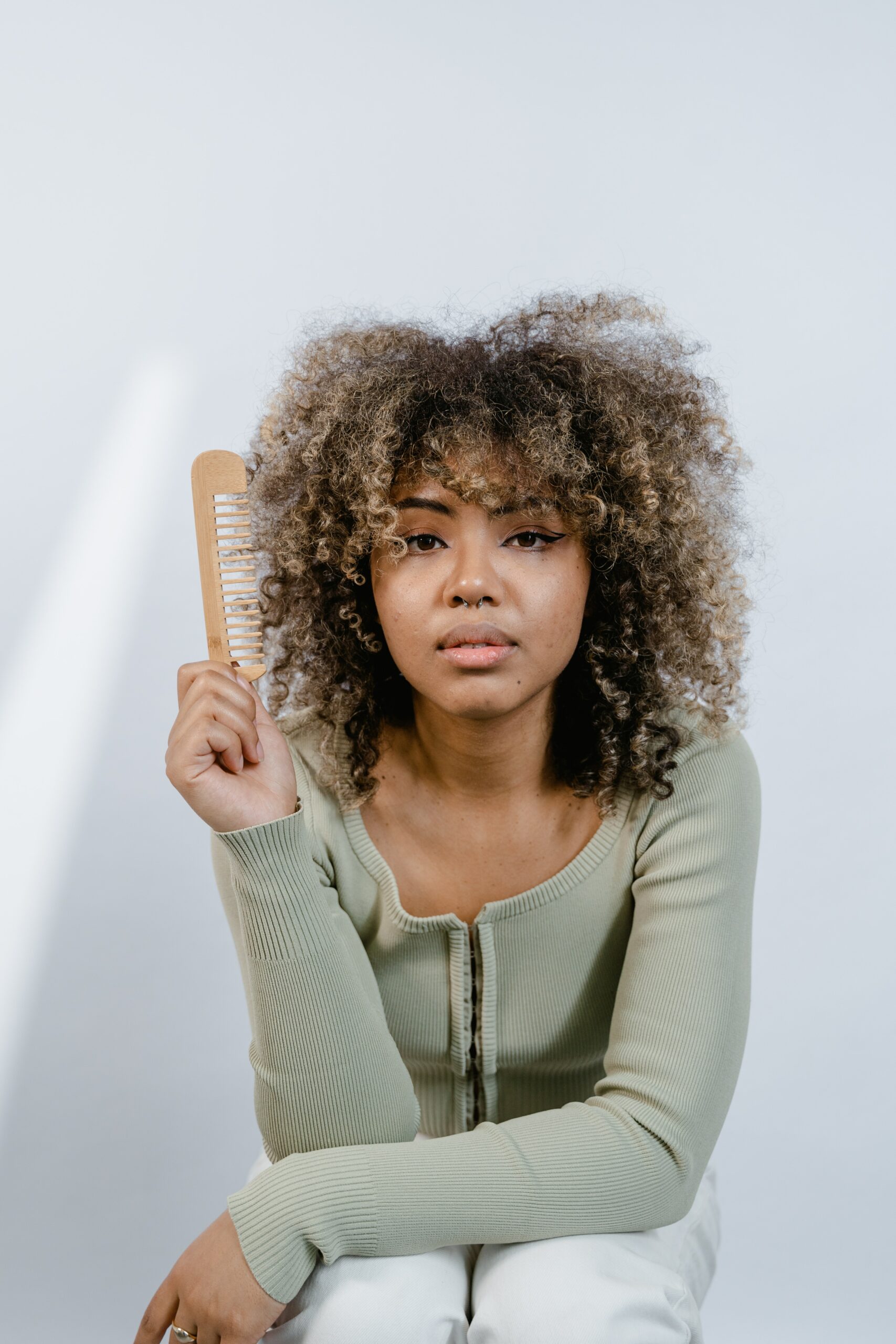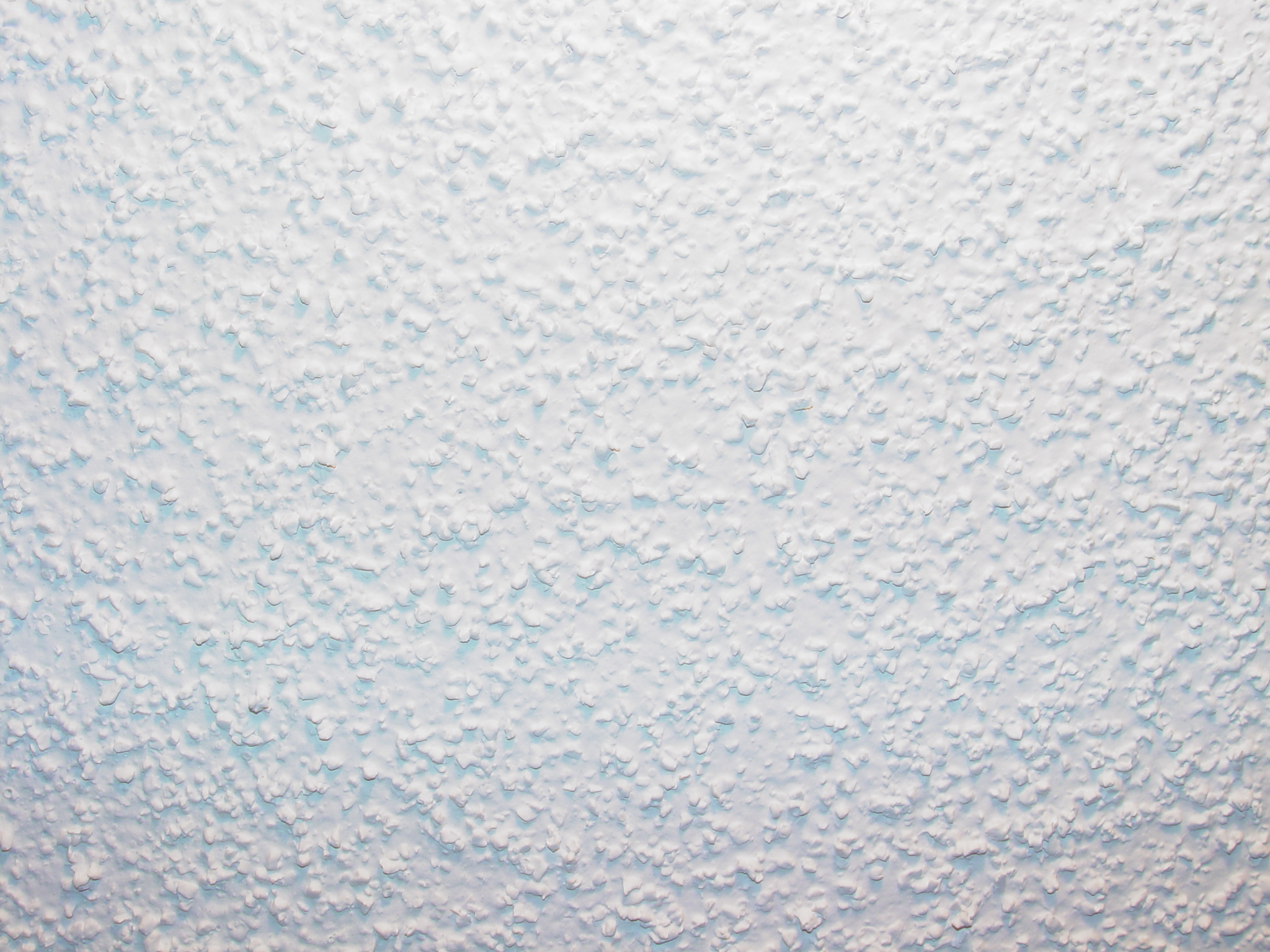If you’re dealing with wrinkles in your polyester garments, worry not! Learning how to iron polyester is easier than you might think. Polyester is a versatile fabric known for its durability and wrinkle resistance, but occasional creases can still happen. In this guide, we’ll walk you through the steps to achieve wrinkle-free perfection when ironing polyester.
Polyester is a synthetic fabric commonly used in clothing, linens, and various household items. Its wrinkle-resistant properties make it a popular choice for travelers and busy individuals who don’t have the time to fuss with high-maintenance fabrics.
Preparing Your Iron and Polyester Garment
Before you start ironing, gather the following items:
- An Iron: Ensure your iron is clean and set to a low to medium heat setting. Polyester is sensitive to high temperatures and can melt or scorch if the iron is too hot.
- Ironing Board: Set up a sturdy ironing board in a well-ventilated area.
- Clean Cloth: Have a clean, damp cloth on hand. You’ll use this as a protective barrier between the iron and your polyester garment.
- Hanger: Prepare a hanger nearby to hang your garment after ironing.
Step-by-Step Guide: How to Iron Polyester
- Check the Label: Always check the care label on your polyester garment. It will provide specific instructions regarding heat settings and any special considerations.
- Heat the Iron: Turn on the iron and select the appropriate heat setting. In most cases, a low to medium setting is suitable for polyester. Avoid using the “cotton” or “linen” setting, as these are too hot for polyester.
- Prepare the Garment: Ensure the garment is clean and free of any stains. If there are stains, address them before ironing.
- Use the Damp Cloth: Place the clean, damp cloth over the wrinkled area of the garment. This cloth acts as a barrier, preventing direct contact between the hot iron and the fabric. It also adds a touch of steam, which can help release wrinkles.
- Iron in Sections: Gently press the iron onto the damp cloth-covered area. Move the iron in slow, straight motions, following the grain of the fabric. Avoid pressing too hard, as this can cause the polyester to stretch or become shiny.
- Repeat as Needed: Continue ironing small sections at a time until the wrinkles are gone. Be patient and take your time.
- Hang the Garment: Once you’ve finished ironing, hang the garment immediately to prevent new wrinkles from forming.
Additional Tips for Ironing Polyester:
- If your polyester garment has stubborn wrinkles, consider using a garment steamer. Steamers are gentle on fabrics and can effectively remove wrinkles without direct contact.
- Always store your polyester clothing on hangers to prevent wrinkles from developing in the first place.
- If you’re uncertain about the fabric’s reaction to heat, do a spot test on an inconspicuous area before ironing the entire garment.
- Polyester blends may require lower heat settings than 100% polyester garments. Always check the care label for guidance.
Conclusion
Learning how to iron polyester is a valuable skill that can keep your clothing and linens looking crisp and fresh. By following these simple steps and using the right heat settings, you can maintain the wrinkle-free appearance of your polyester items. Remember to handle your garments with care, and they’ll continue to serve you well for years to come.
Keywords: ironing polyester, polyester fabric, wrinkle-free, heat settings, garment care, clothing maintenance, polyester blends, ironing tips, garment steamer, care label
Photo by Immo Wegmann on Unsplash









